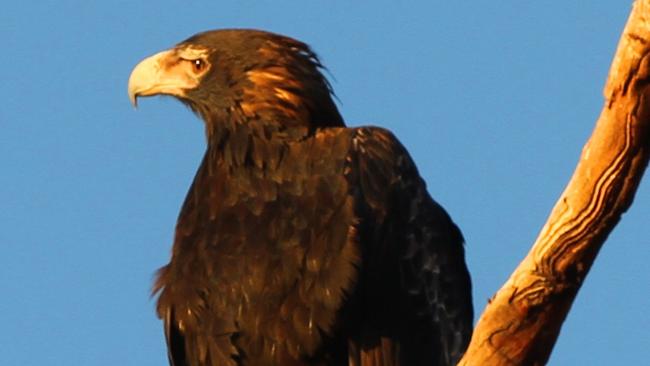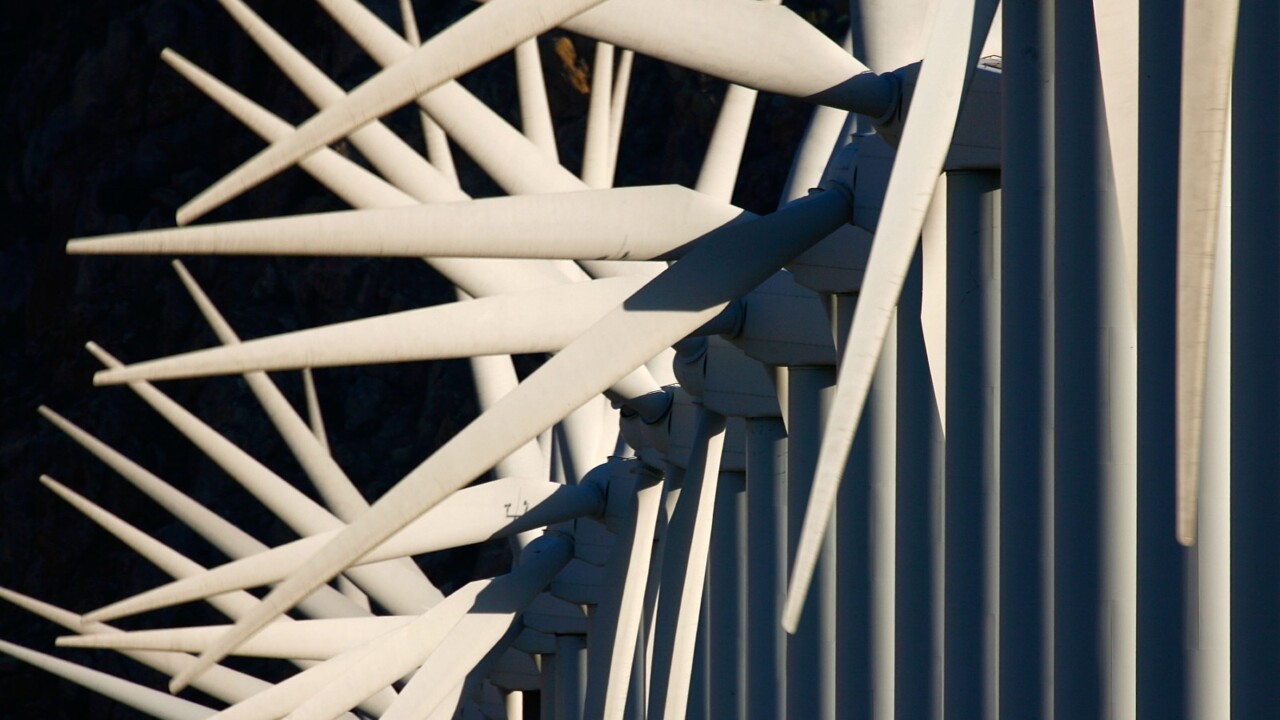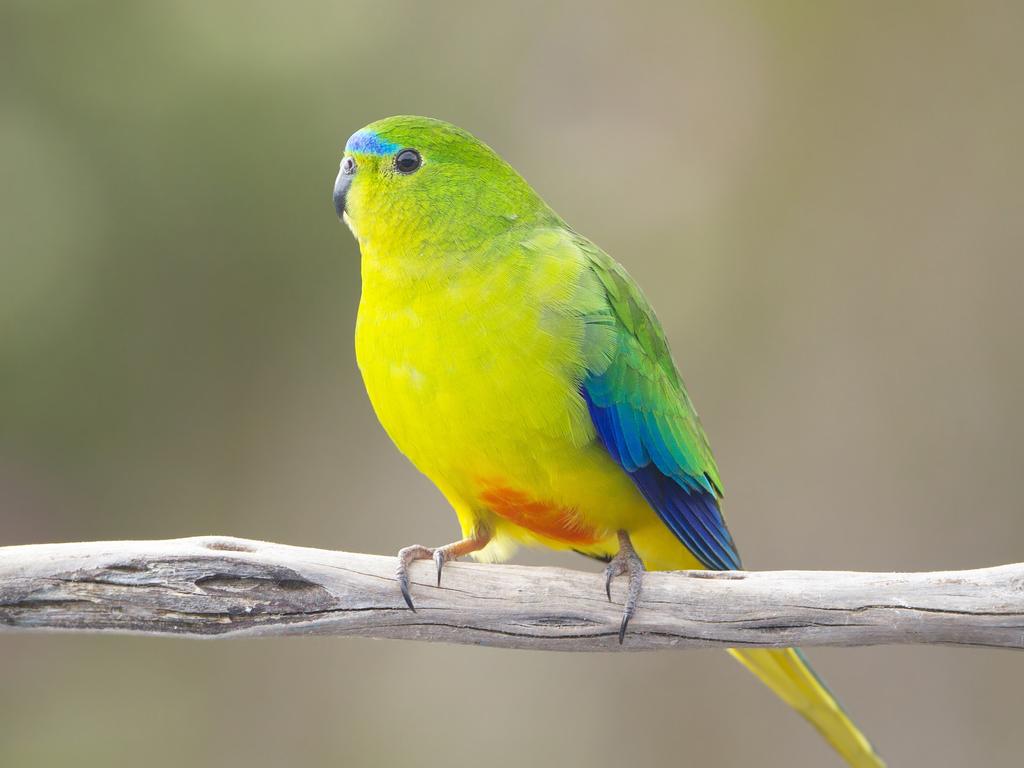‘Cutting-edge’ Tasmanian wind farm still a wedge-tailed eagle killer
A wind farm with ‘industry-leading’ bird avoidance technology has killed at least eight eagles, prompting calls for urgent action.

A wind farm with so-called “industry-leading” bird avoidance technology has killed at least eight endangered Tasmanian wedge-tailed eagles, prompting calls for an urgent moratorium on new turbines in eagle zones.
Cattle Hill Wind Farm in Tasmania’s Central Highlands uses IdentiFlight camera technology – which it describes as a “cutting-edge avian detection system” – to stop the wind turbines when birds approach.
However, the system – which is spruiked by the industry and regulators as the foremost solution to wind turbine bird deaths – has failed to prevent the deaths of at least eight eagles in less than four years.
The Australian understands that figure – confirmed by Tasmania’s Environment Protection Authority – includes five eagle deaths in the past 12 months.
“We should be very concerned about this because what we’re looking at here is the start of a planned huge industry,” said eagle expert and wildlife biologist Nick Mooney.
“Everybody has ignored rule 101. That is, if you’re worried about eagles, don’t put wind farms where there’s lots of eagles, and the overseas (scientific) literature stresses that.”
He was aware of 61 wedge-tailed eagles and five white-bellied sea-eagles being found dead or incapacitated during periods of formal mortality monitoring at Tasmania’s existing wind farms.
This was likely the tip of an iceberg, with some wind farms no longer required to monitor for bird deaths and formal monitoring restricted to areas under turbines, missing birds that die further afield after being struck.

He was aware of another nine large-scale wind farms proposed for Tasmania, which was concerning given that cumulative impacts of multiple wind farms was still not factored into federal environmental approvals.
Cattle Hill Wind Farm confirmed the deaths. It said its modelling had predicted its turbines would kill 14 eagles after four years and this was allowed under its permit conditions.
It said seven of the deaths occurred in a “heavily forested section of the wind farm where the lower portions of several turbines are not visible to surrounding IdentiFlight stations”.
“An additional, taller 30m IdentiFlight tower has now been installed … to significantly reduce blind spots and further reduce eagle mortalities,” it said.
However, Mr Mooney said the system’s shortcomings and any solution should be independently verified.
He said he believed several turbines at Cattle Hill may need to be shut down in the interim, and the massive industry expansion in eagle density areas put on hold until an effective bird avoidance system was developed.
The wedge-tailed eagle recovery plan was due to be updated in 2010, but a promised revamp was yet to materialise, despite the proliferation of wind farms since.
Federal Environment Minister Tanya Plibersek said her revamp of national environment laws would “better protect nature by considering cumulative impacts on threatened plants and animals with clear thresholds”.
“And we’ll make sure that recovery strategies for threatened species can be updated more easily to better manage cumulative impacts,” she said.








To join the conversation, please log in. Don't have an account? Register
Join the conversation, you are commenting as Logout